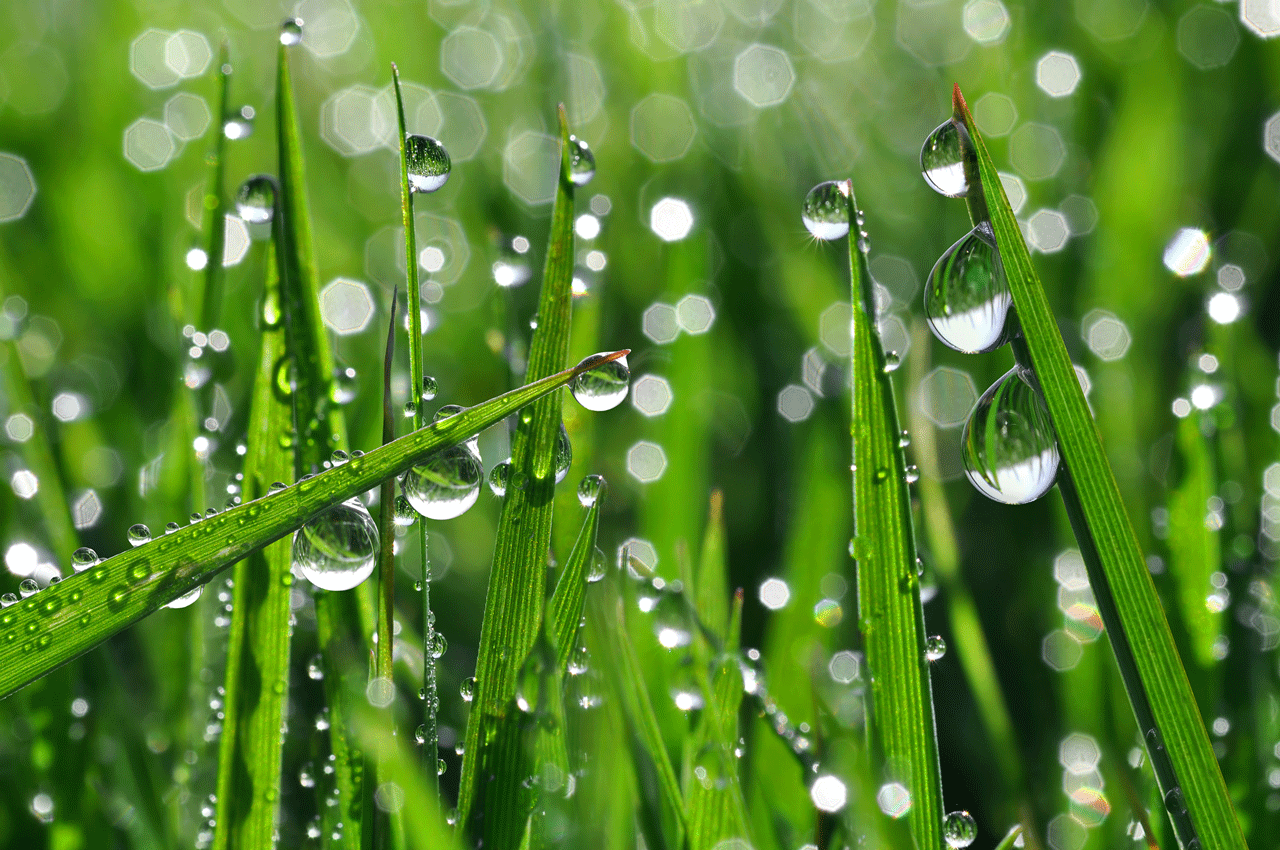|
Rainwater Harvesting Can Create a Safe,Reliable Drought-Proof Water Supply
|
|
The January 17, 2014, declaration by California Governor Brown that the state is in an official drought emergency reinforces the value of rain harvesting to provide sources of safe water for non-potable purposes.
Yet, after one winter of surplus precipitation, in northern California only, not southern, and five years of drought, Governor Brown declared an end to its historic drought, April 7, 2017, lifting emergency orders that forced residents to use less water, especially in landscapes. And how did the public respond? By wasting water, being inefficient, again! Water experts said it would take years of above average precipitation to restore groundwater and many surface reservoir supplies. And, what about the 2017-18 water year? As of this writing, precipitation is nearly non-existent. Hardly any snow in the state’s mountains. Los Angeles has had basically no rainfall, when normally a few rain events would have occurred by the end of December. The “wettest” months are January and February. Was it wise for the Governor to call an end to the drought after one “wet” winter? What do you think? Perhaps rushing to “end” the drought was premature.
Dry times inspire creative thinking in California and across the nation. On October 6, 2017, Governor Brown signed into law SB-231, legislation that redefines “sewer” to include stormwater, allowing local governments to pass new stormwater parcel fees without the normal approval process of voters, like what is done presently for wastewater and drinking water rates. In the past “sewer” only included wastewater and drinking water. This law will make it easier for cities to raise the necessary funds to build important rainwater and stormwater collection, treatment and use projects to offset using drinking water for non-drinking purposes, and will be a boost for the rainwater collection sector.
Senate Constitutional Amendment 9 (SCA-9) is presently working its way through the California legislature. It would amendment the state constitution to exclude from classification as “newly constructed,” the construction or addition of rainwater collection systems, after January 1, 2019; meaning, one’s property taxes would not increase when such a system is added. An important incentive for those interested in rainwater harvesting.
A well-designed, installed and maintained rainwater harvesting system can provide significant amounts of high-quality water for potable and non-potable, residential and commercial uses. Given an average 12 inches of annual Southern California precipitation, a 1,500-square-foot residential roof could collect over 10,000 gallons annually. For a commercial 100,000 ft2 building, over 700,000 gallons could be harvested annually.
And this is where ARCSA plays important lobbying and technical roles to promote onsite rainwater and stormwater supply solutions, both regulatory and technical. Not just large, regional water moving projects, but small, decentralized, onsite harvesting systems, which would keep fiscal resources in the local economy.
The mission of the 501(c)6 (ARCSA.org) is to provide resources and information on rainwater and stormwater collection, to promote the advancement of rainwater conservation and to work with government at all levels in promoting rainwater and stormwater management. The ARCSA Foundation 501(c)3 (arcsafoundation.org) mission is to serve as the global resource for rainwater and stormwater harvesting by promoting research, education and thought leadership, focusing on general education and rainwater collection and use system research. For more information, please contact Heather Kinkade, Executive Director, at 512-617-6528 or info@arcsa.org.
|
